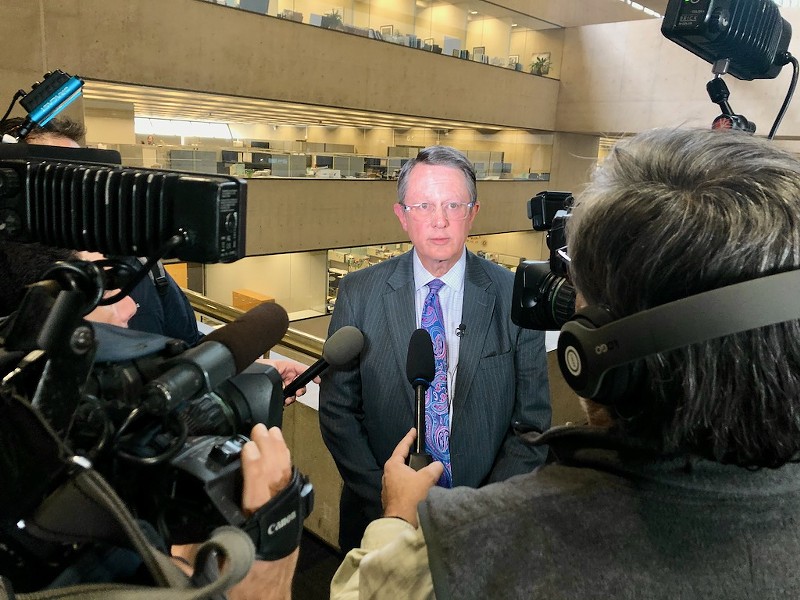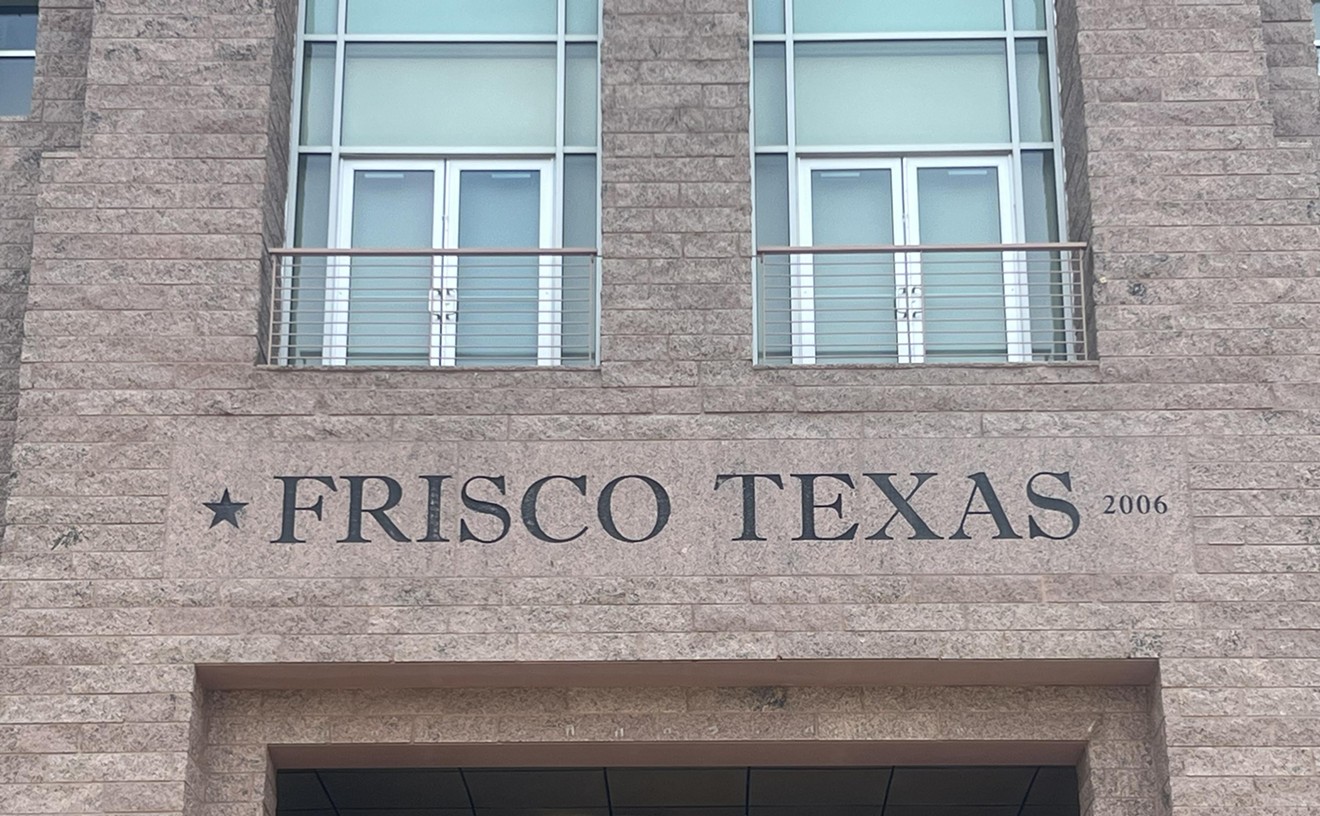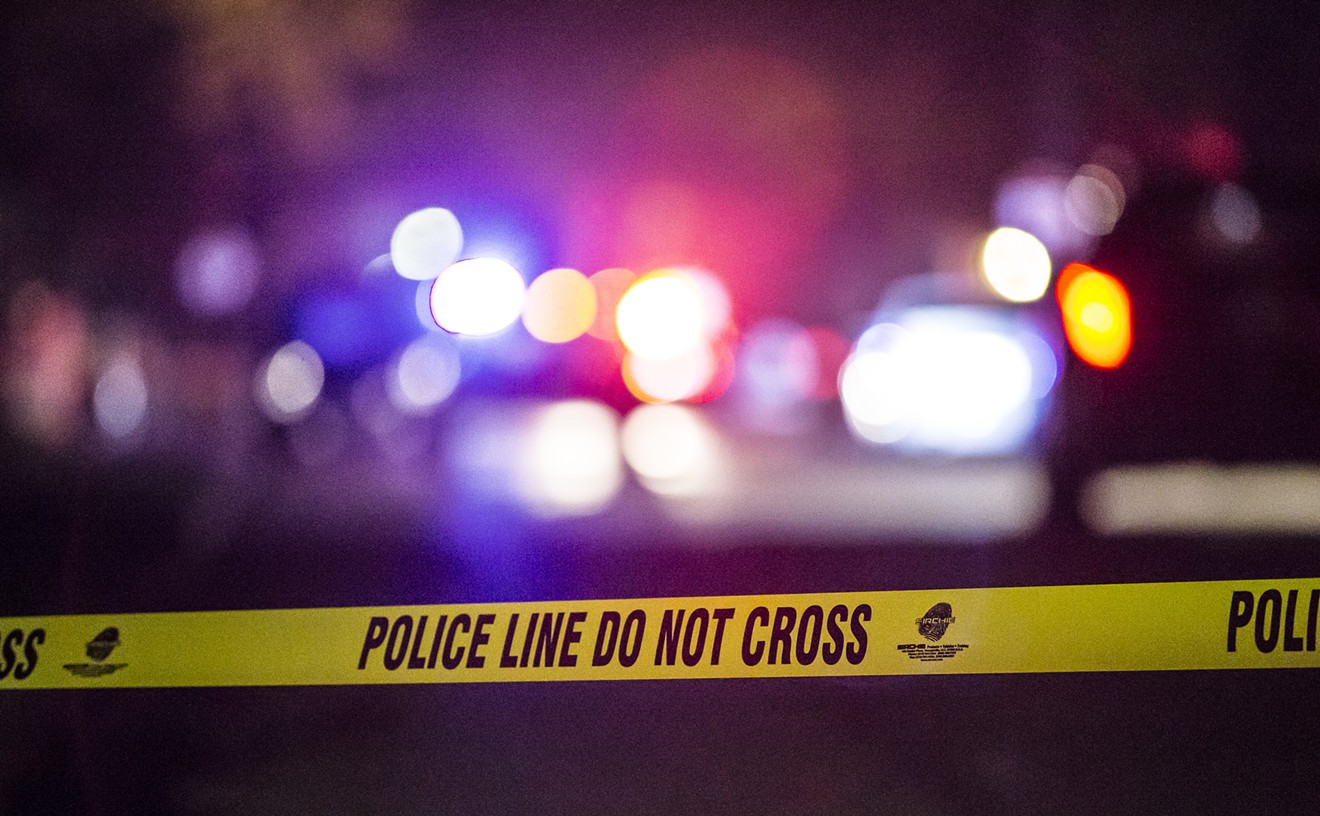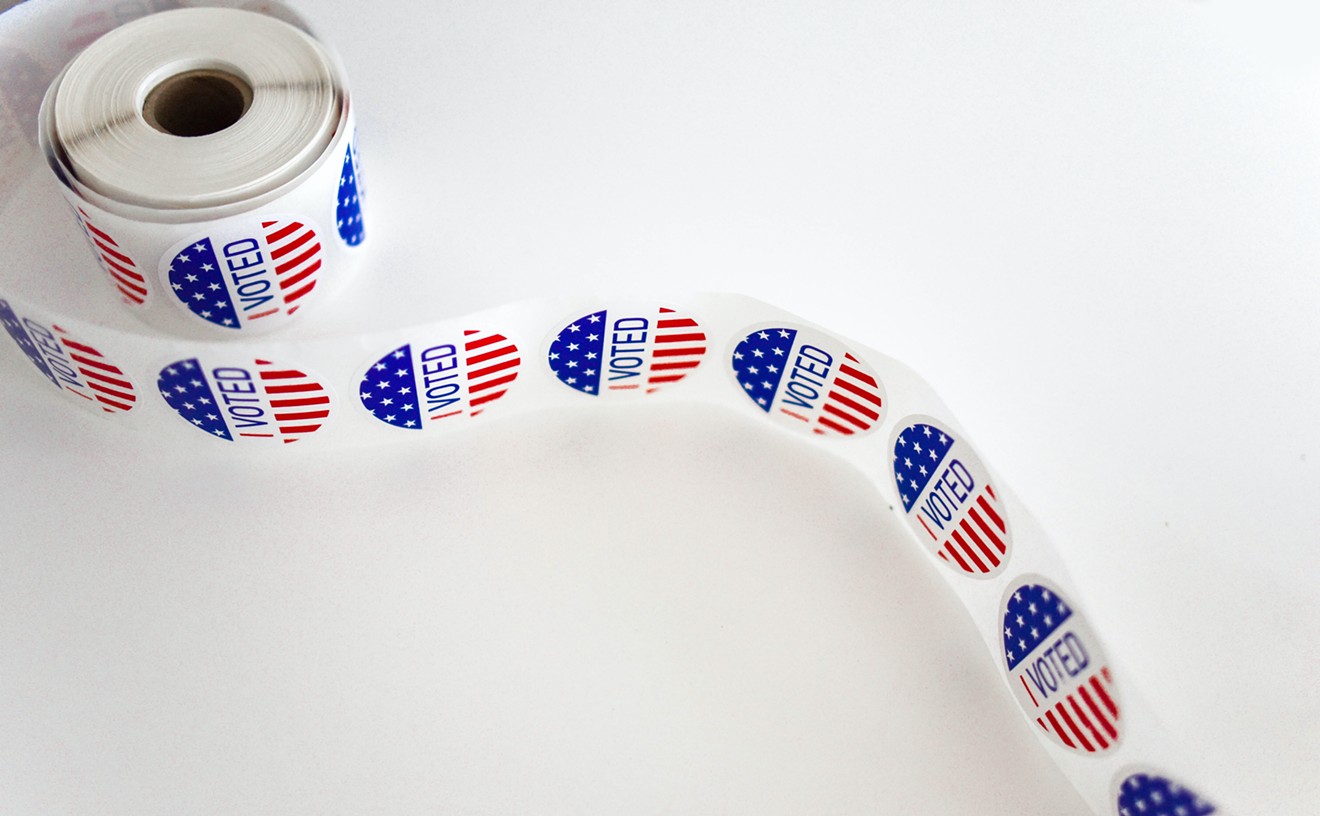Planners had proposed raising the entire track 5 feet, saving at least $10 million and limiting construction impacts on a few neighboring businesses. But as a consequence, trains would have to run nearly 40 feet off the ground next to a new development and a senior center.
City Council member Cara Mendelsohn called the changes "completely unacceptable" and "destructive" at a transportation subcommittee briefing on Tuesday. She demanded DART revert to the earlier plans.
Lee Kleinman, who has fought hard to bring the new line to his district, echoed Mendelsohn's objections. He and Mendelsohn met late last week with DART executives to voice their opposition to the new design.
This led to Tuesday's spectacle of Gary Thomas, DART's president, presenting his "innovative" design to a council committee that was having none of it.Plans for the new train have outraged many nearby Dallas homeowners, who fear the arrival of dozens of noisy trains on a stretch of railway that has gone unused for over a decade.
tweet this
"Innovative solutions can be challenging," said Thomas, who noted that the aerial track was an improvement over the old plan that would require rebuilding entire intersections. But he acknowledged the objections of the two council members and promised to take their recommendations back to the DART board.
Plans for the new train have outraged many nearby Dallas homeowners, who fear the arrival of dozens of noisy trains on a stretch of railway that has gone unused for over a decade. DART has promised noise-reduction measures, including banning horns and building 15-foot retaining walls. Still, multiple property owners have signed letters stating their intent to sue DART over the project.
Other council members questioned the economics of the plan. Council member David Blewett asked whether DART had completed an analysis of the economic benefits to the region. Thomas said they had but couldn't immediately produce it.
DART routinely commissions economic impact reports — most recently in 2014 — that show that its capital projects drive billions of dollars in economic activity in the region.
This is not the first major change to the Silver Line, a $1.25 billion project that will result in trains running between Dallas/Fort Worth International Airport and Plano in about an hour. In February, DART approved the addition of a second track to increase train frequency. It added more than $100 million to the project's budget.
To defray the Silver Line's eye-popping price tag, DART obtained a $908 million federal loan in 2018. But the rest of the funding — including any additional overruns — will come from local taxpayers.
Sales taxes are already footing the bill for the nearly $30 million interest payments on the loan. Meanwhile, ticket sales are expected to contribute only $3.5 million per year.
Meanwhile, DART is plowing ahead on another billion-dollar project: the D2 subway in downtown Dallas. And it's setting out to redesign its long-maligned bus system, whose ridership has declined at an alarming rate in recent years.
Much of the confusion over the rollout of the Silver Line is a result of the unusual contract signed with Archer Western Herzog to build it. Typically, large infrastructure projects are built in stages: first one company completes a design, and then another company builds it.
But for this project, these two stages are compressed into one in an attempt to save both money and time. AWH is receiving more than $900 million to both design and build the new railway. As a result, crews are already beginning excavation despite the design not being finalized. The project is expected to be completed in 2022.
Critics of these design-build contracts argue that they give companies incentives to cut corners.
"There's real incentives to do value engineering," Kleinman said. "But these neighborhoods have expectations."













